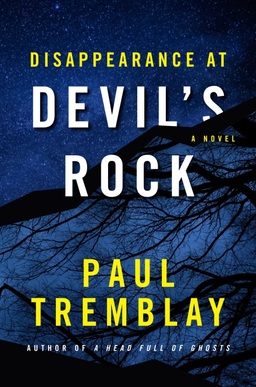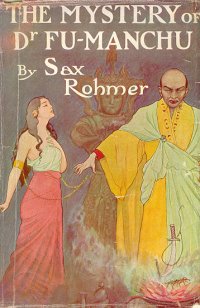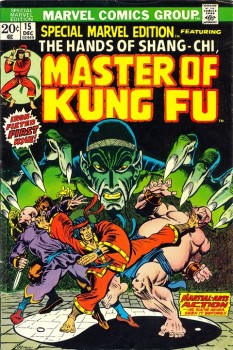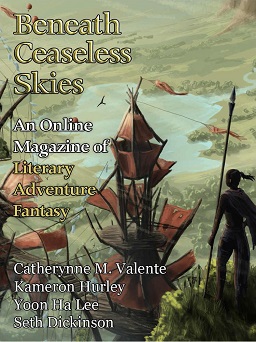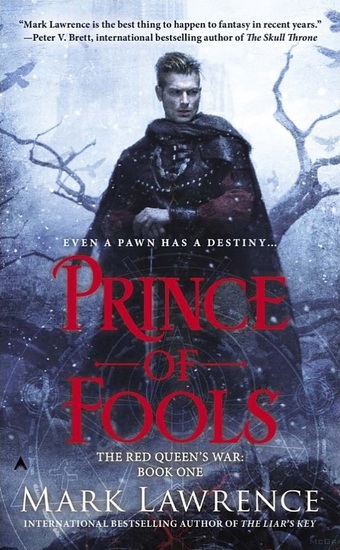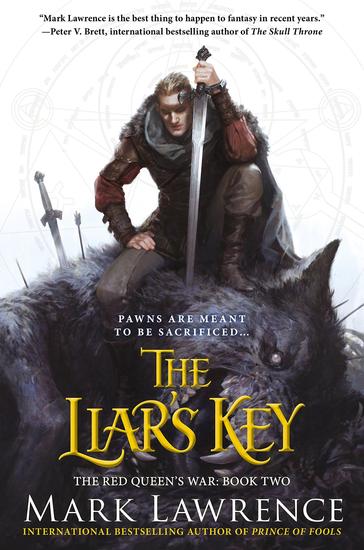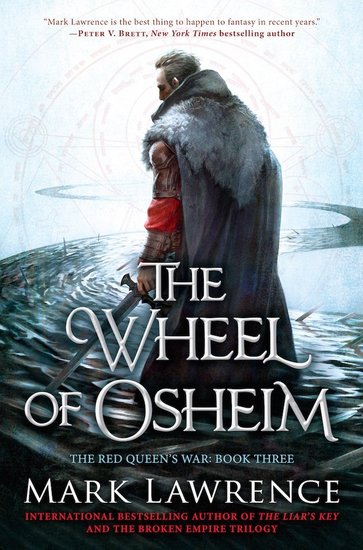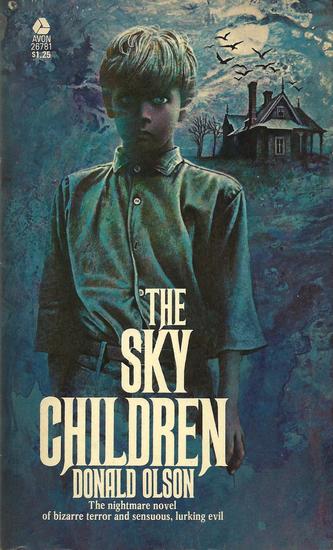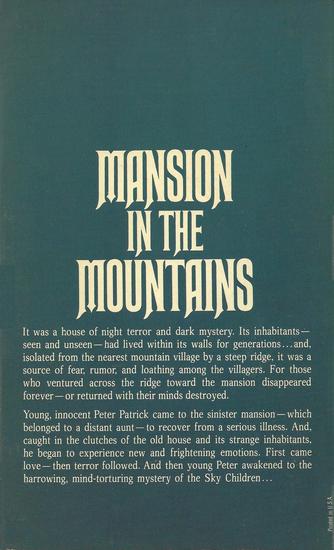Logical Swords & Sorcery: The Tritonian Ring by L. Sprague de Camp
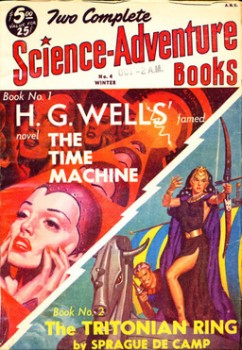 Lyon Sprague de Camp’s first published story was “The Isolinguals” in 1937. During the 1930s and 40s he became a significant author, writing dozens of stories and numerous novels. His time travel novel Lest Darkness Fall (1939) is considered a classic and is still read today. Alongside such genre standard bearers as Robert Heinlein and Isaac Asimov, he is considered one of the authors responsible for bringing greater sophistication to science fiction. He was the fourth Grand Master as chosen by the Science Fiction Writers of America in 1979, and in 1984 he was given the World Fantasy Award for Life Achievement. His 1996 autobiography, Time and Chance, won a Hugo Award. In his lifetime he was well-regarded and successful.
Lyon Sprague de Camp’s first published story was “The Isolinguals” in 1937. During the 1930s and 40s he became a significant author, writing dozens of stories and numerous novels. His time travel novel Lest Darkness Fall (1939) is considered a classic and is still read today. Alongside such genre standard bearers as Robert Heinlein and Isaac Asimov, he is considered one of the authors responsible for bringing greater sophistication to science fiction. He was the fourth Grand Master as chosen by the Science Fiction Writers of America in 1979, and in 1984 he was given the World Fantasy Award for Life Achievement. His 1996 autobiography, Time and Chance, won a Hugo Award. In his lifetime he was well-regarded and successful.
To call de Camp a polarizing figure is an understatement. His control over Robert E. Howard’s Conan character for so many years, his ham-fisted editing of Howard’s stories, his ruthless strangling of any effort to get pure, unadulterated Conan into print, raised the ire of readers. For an incredibly detailed history of de Camp’s relationship with REH’s work and legacy, I highly recommend tracking down Morgan Holmes’ 16-part series, “The de Camp Controversy.”
De Camp first encountered the character of Conan when his friend Fletcher Pratt tossed him a copy of Conan the Conqueror. According to Lin Carter, de Camp “yielded helplessly to Howard’s gusto and driving narrative energies.” In 1951 de Camp decided to try his own hand at Howardian swords & sorcery and wrote The Tritonian Ring. He sold it to the clunkily-titled magazine Two Complete Science-Adventure Books.
